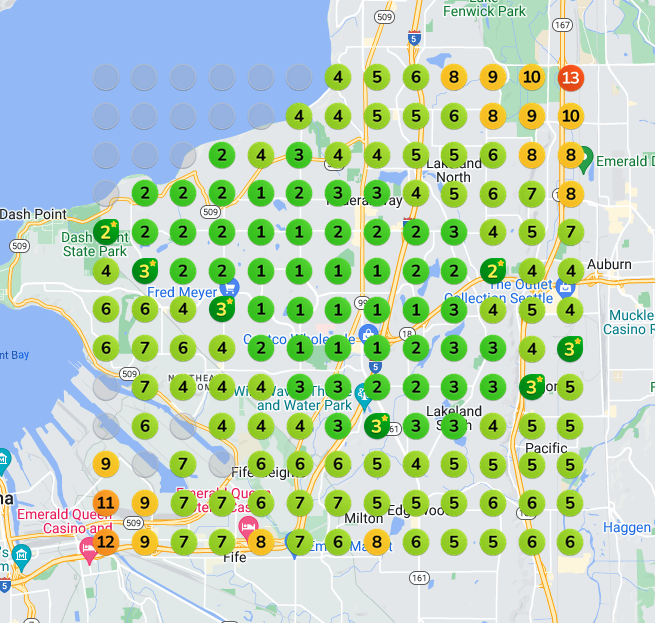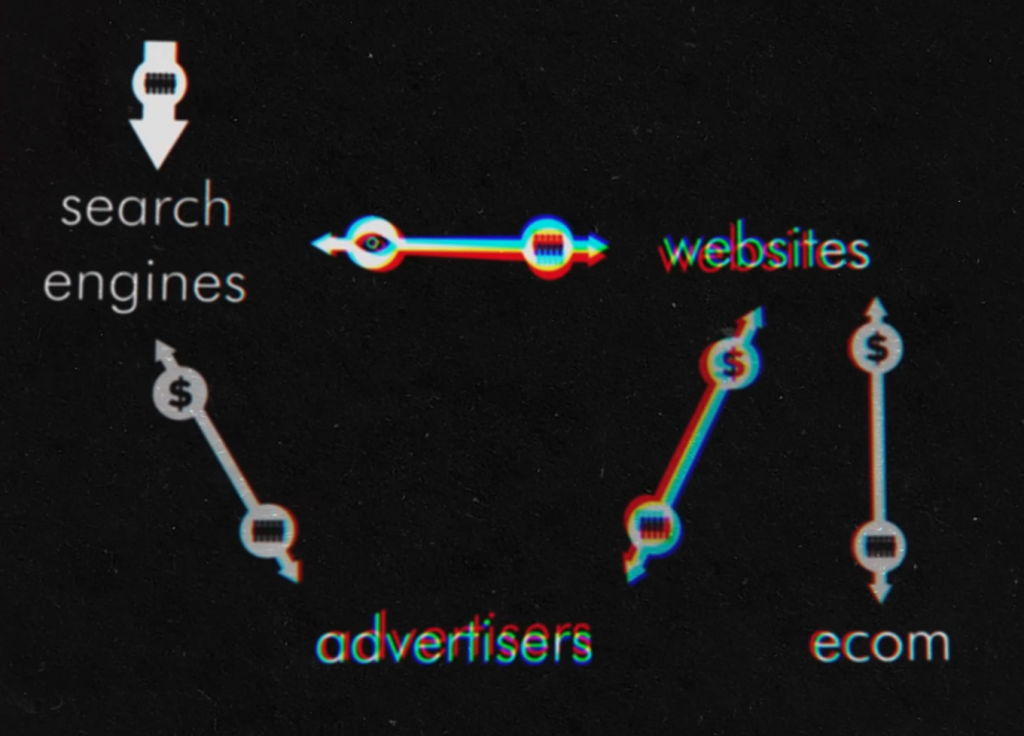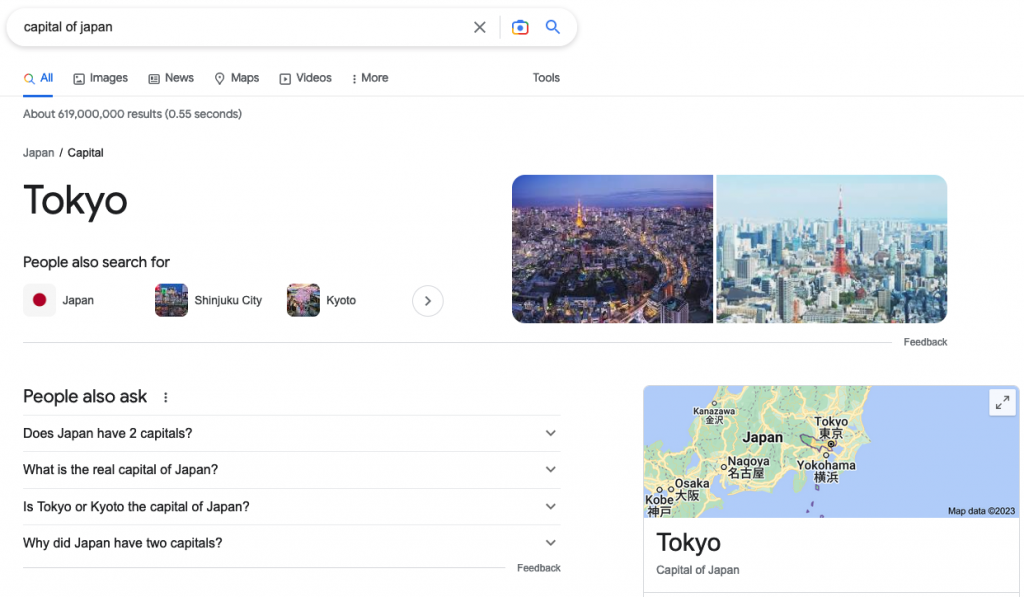Greetings, folks. We need to begin today’s email with an apology. We’ve been plugging AMAs with our CTO, Nate Fischer, pretty hard over the past few months. The one that was scheduled for two days ago didn’t happen. We didn’t show. It’s not Nate’s fault. You can blame this fiasco squarely on the newsletter staff for not adding it to his calendar.
We rescheduled the talk for Wednesday, March 8. That’s in five days. Nate will go over all kinds of use cases for GeoBooster, our new mobile app. We spent a lot of time thinking up ways the app can help the rankings for space organizers, junk haulers, landscapers, tow trucks, tour guides, locksmiths, dentists, pressure washers, beauticians… You know what? We have best practices for 50+ verticals. We’re not going to list them all in the newsletter. We’ve even got tips for doggy daycares, to give you a sense of how thorough we’ve been. Register for the talk with this link. We super-duper promise to be there this time.
If you’ve read any of our recent newsletters, you know there’s all kinds of breakthrough AI buzz going around. While ChatGPT is sensational and widely available, many of us are waiting on an expected transformation of online search. We find ourselves in an aggravating lull where there are tons of amazing things on the horizon but not yet in our grasp.
Not to worry. Local Viking is busting out so much phenomenal new functionality these days that we don’t need to lean on big tech’s 11-figure research projects to dazzle you. We’ve got the good stuff right here. Let’s talk about a new feature we released since our last newsletter. We’ll get back to the AI landscape after we explain our new game-changer.

Some of you may have noticed a fir tree icon next to your scheduled GeoGrid searches. That’s an indication that one of the nodes in your most recent search entered the three-pack. If you click into the search, you’ll see the same icon next to the search term(s) it’s applicable to.

If the last paragraph didn’t make much sense to you, looking at the screenshot above this paragraph should clear things up. The nodes that have stars in the corner were not ranking in the top three the last time the search ran. Now they are.
As things currently stand, those indicators are visible for nodes that are either re-entering the top three or achieving a top three ranking for the first time. Those are both incredibly useful things to bring to the attention of your clients. Sure– recovering a ranking is a different conversation than gaining one for the first time, but both scenarios are good news.
We will be building on this functionality in the near future. Soon, we’ll differentiate the nodes that have never before had a top three ranking from the ones that are returning to the top three. We might use different colors or position the star differently. We’re not sure yet. We’re still kicking around ideas. We’ll let you know what we came up with in a future newsletter.
This was a fantastic feature request from one of our users. Thanks to him, all of us have it now.
All right, well, it is 2023, which means we need to include something about the way new AI projects are disrupting the status quo. You can find a number of articles and videos that are ready to declare Microsoft the next champion of online search because of the new AI functionality their Bing search is about to offer. While we’re not ready to start planning Google’s funeral just yet, what we can say is that we hope Google doesn’t get itself into a New Coke situation where it radically changes something we’re all used to because its executives are getting swept up in a bunch of hype.
Something interesting to think about is the way the internet could change regardless of who wins the AI chatbot war. We saw an interesting video last week that fleshed out a hypothetical near future where websites as we currently know and experience them could become obsolete.
The thinking goes like this. There’s currently an unspoken, symbiotic relationship between search engines and websites. The websites make content that people are looking for and search engines send traffic their way. If people can get the information they’re seeking from a chatbot, without needing to click on a website, then what incentives exist for people to continue making websites?
Instead of having an online economy that thrives on monetizing traffic (either through ecommerce, affiliate links, advertising, etc), a system could develop where creators send Bing and Google information directly through an API. Those information feeders (for lack of a better term) would then get paid every time the chatbots use some of the information they’ve provided.
Obviously, this would not disrupt the digital marketing ecosystem. Making sure businesses rank well in the “minds” of AI chatbots would be every bit as important as making sure they’re performing well on Google Maps. If anything, this could be a digital marketing windfall. There would be a whole new system to figure out and tons of new tasks to get to work on.
There are some counterpoints to this line of thinking. Google already has zero-click search results. If you search for the capital of Japan, the next page that loads will give you an answer without you needing to click around and seek it out. If you ask for the population of Egypt, Google will tell you 109.3 million. If you search for the distance from earth to the moon in kilometers, Google will say who cares– no one who uses the metric system has ever been there.
The fact that zero-click search hasn’t disrupted the internet’s current economy is a valid line of reasoning to suggest that maybe the internet of 2033 won’t be radically different from the internet of 2023. We think it’s possible that feeding AI chatbots information in return for payments could become an additional revenue stream on top of the way traffic is currently monetized. Who knows? It’s something interesting to think about though.
All right. Let’s drop a few links before we call it quits this week.
Twitter Blue is now available in 20 countries. The Verge has a pretty entertaining article about how annoying it is that so many websites are trying to get you to fork over your email address these days (the New York Times wrote about the same thing in late January). Pinterest is testing out a premium ad video format. Finally, the Wall Street Journal wrote about a super annoying trend where companies as varied as P.F. Chang’s, Sony, and Meta (among others) want to start charging money for people to get access to “expedited” (read: functional) customer service. Unreal.
Have a great weekend, everyone. We’ll be back next Friday with more Local Viking and Local Brand Manager features. We hope to see a lot of you before than when Nate hosts his AMA on Wednesday. Take care.

